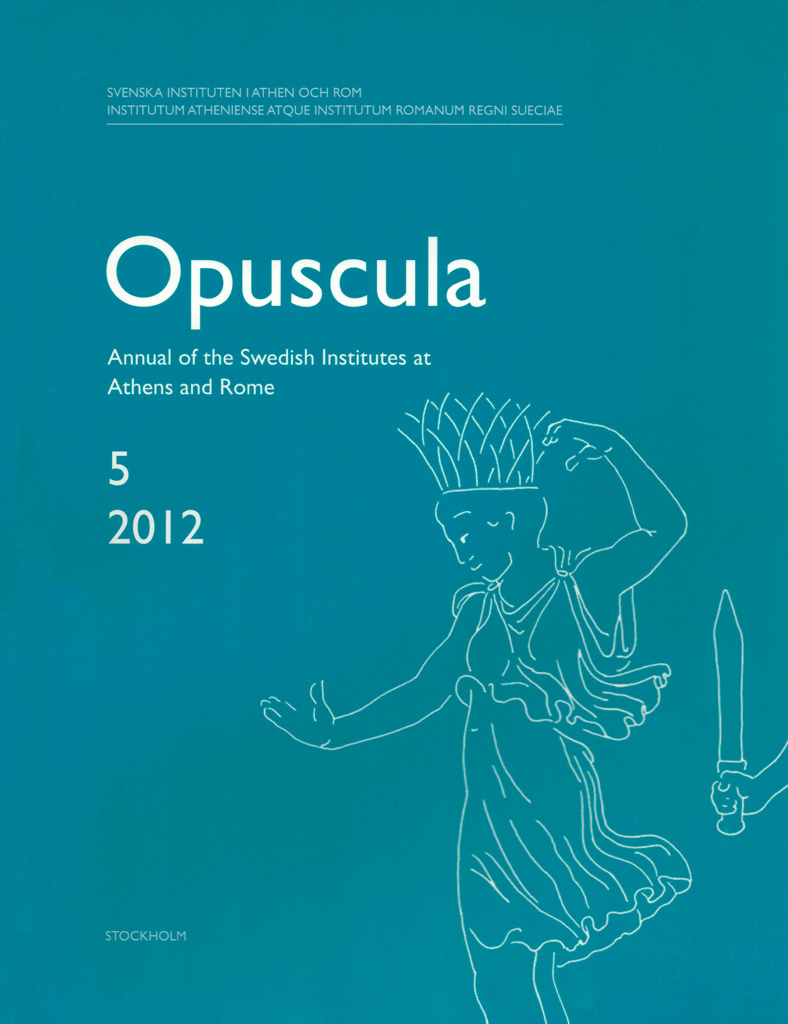Opuscula 14 is published with open access. Printed edition distributed by Eddy.se AB. Also available at Amazon.com, Adlibris, and Bokus. View volume at ERIH PLUS. The Invitation to the Dance. An intertextual reassessment By Julia Habetzeder (Uppsala University, Sweden) Abstract With its original manifestation generally dated to c. 150 BC, the Invitation to the Dance is a textbook example of Hellenistic sculpture. But despite much scholarly attention there is still no consensus as to what motif the sculpture group depicts. Inspired by intertextual theory, this study catalogues and re-examines 35 sculptures of the female figure and 34 sculptures of the satyr. The article focuses on preserved sculptures, rather than a reconstructed model image. Variations of the repeated forms are highlighted as significant for the interpretation of the types. The reading of the Invitation to the Dance thus put forward suggests that the group composition displays the moment after the satyr has pulled the female’s garment down from her upper body. It is furthermore emphasized that both satyr and female figure were at times—perhaps even predominately—displayed as solitary figures. The satyr’s foot-clapper is suggested to have been included primarily in instances where the satyr was displayed on his own. Sculptures of the…
Opuscula 5 (2012) is now available for purchase and free download at Bokorder.se. Also available at Amazon.com, Amazon.de, Bokus.com, and Adlibris.com. The impact of restoration. The example of the dancing satyr in the Uffizi By Julia Habetzeder Abstract The aim of this article is to show that reputed restorations may have an unexpected impact on the study of ancient sculpture. During the 17th–19th centuries, a number of restored antiques were held in exceptionally high regard. One of the consequences of their renown was the production of copies and adaptations in different scales and media. Such reproductions did not distinguish between the ancient and the restored parts of the work. Today these reproductions are centuries old, and in many cases their provenance has long since been forgotten. Therefore, such post-Antique sculptures are easily misinterpreted as ancient. Subsequently, they are at times used as evidence of ancient sculptural production. Needless to say, this may cause flawed notions of Classical sculpture. The complexity of this relationship, between the ancient and the restored, is here exemplified by tracing the impact that a restored motif—“Satyrs with cymbals”—has had on the study of an ancient sculpture type: the satyr attributed to “The invitation to the dance”….


